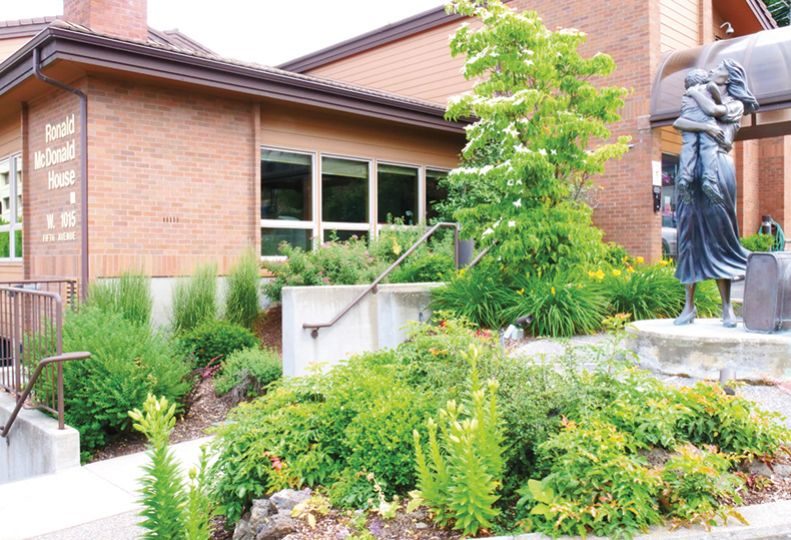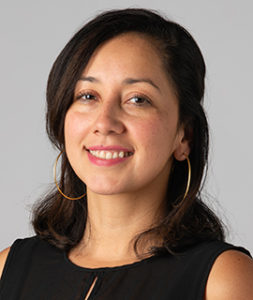
Home » Place LA grows in pandemic
Place LA grows in pandemic
In sixth year, boutique landscape designer receives most work from residential clients

July 14, 2022
Recent restrictions on outdoor watering by the city of Spokane have put greater emphasis on conservation-minded approaches promoted by Spokane-based Place Landscape Architecture LLC, says Joshua Tripp, founder of the growing boutique design company.
“We are always trying to be efficient with design and apply the best methodologies that save the most resources to our clients. It’s interwoven into what we do,” says Tripp.
Almost three-quarters of the design work that Place LA performs is residential, says Tripp. Over the last couple of years, the irrigation industry has made technology accessible and simple enough to use that it has become easier for people to embrace, he adds.
“Once we educate our clients about how those systems work and their benefits, it’s like ‘Of course, why wouldn’t we do that?’” he explains.
Founded in 2016 with just $100 in a business account, Place LA has grown to nine total employees and expanded its presence to the Tri-Cities with two remote workers.
It occupies 1,000 square feet of space in the second floor of the Eldridge Building, located at 1325 W. First, suite 204, in downtown’s west end.
The company works on 125 to 150 projects a year and is poised to exceed $1 million in revenue this year, says Tripp. Place LA is licensed in seven states and has performed work throughout western and southwestern U.S.
“We bring a lot of that design knowledge to the Pacific Northwest, which is totally applicable and relevant,” says Tripp.
As designers, Tripp says the company has work year-round and has a “plant palette”—a selection of plant types it’s comfortable working with that are regionally adaptive and are known to survive extreme cold winters and the region’s hot and dry summers. Once established, those plants are not heavy consumers and will require less water than tropical plants or flowering annual plants. As designers, Place LA uses color from a selection of shrubs, trees, and vegetation whose colors change seasonally and with the change in temperature.
“There are several perennials that come back every year on their own and give you that show of color, but are generally a low maintenance plant,” he explains.
Because the lawn space is the biggest consumer of water in the U.S., the architects at Place LA try to encourage clients to use alternate outdoor design elements, explains Tripp. Mountain meadows and prairie grasses are two elements Place LA encourages clients to use instead of conventional lawn grass. Prairie grasses are naturally occurring in the Palouse and high desert areas, and once established have a more robust deeper root system that allows them to collect water with less irrigation, he says. Turf grasses, in comparison, require more water because of their shallow root systems.
“There lies the art of design. How do we make those places look good and not just overwhelmed with weeds?” he says.
Design projects take about two months to complete, says Tripp. Place LA leads the conversation with each client to determine their connections and aversions. The company generally gets a slate of calls in spring when the weather is nice, but by then it’s too late to implement a design says Tripp.
Tripp has almost 30 years of experience working in landscape architecture. As an undergraduate at Washington State University in recreational and leisure studies, his major required that he take a parks design course. Walking into the Landscape Architecture department, Tripp says he was taken back by the fusion of art, science, and technology that made up landscape architecture and decided to change his major soon after.
“It was one of those situations where landscape architecture found me. I switched my major and never looked back,” he says.
Latest News
Related Articles





